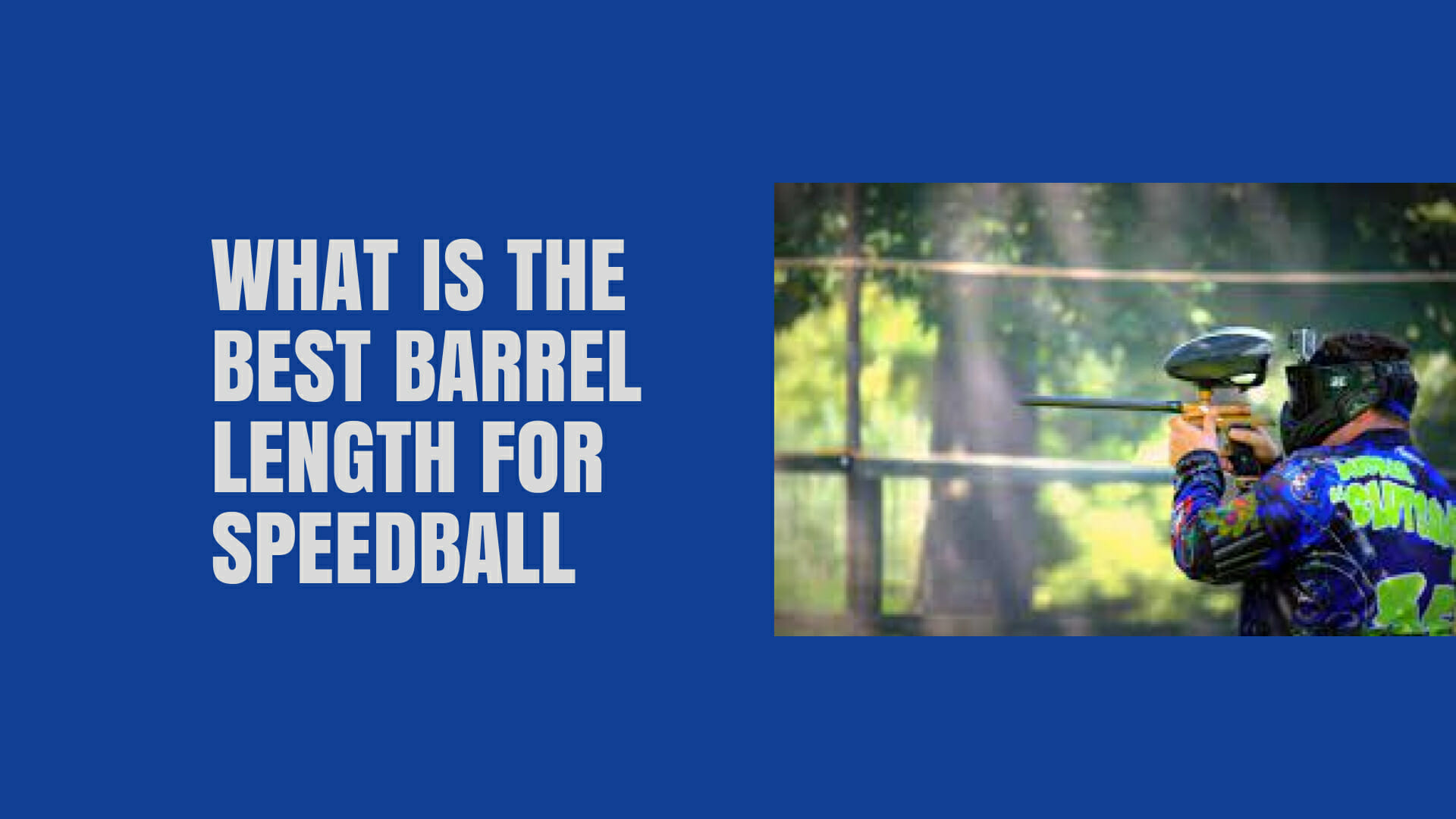Paintballs are shotted at high speed from a paintball gun, break down, and spread on opponents’ bodies and ground as well. As I told you earlier, paintballs are biodegradable, so they will vanish with time, but what if your dog or other animals eat some of the paint before it vanishes? Or if the paintballs were cheap quality and were not biodegradable and your pet has eaten some of the paint?
Whatever the situation is, the answer will be the same in both cases. Because both the paintballs are not safe for animals. They can cause health issues and sometimes coma or death as well.
Shocked, I was too when my favorite dog ate up a small amount of paint from the paintballs ground and got sick in a few hours.
So today, I am here to share my experience and help you in overcoming the situation I faced with my pet. I will tell you lots of things about paintballs, are they toxic to animals or not, why they are toxic to animals when not on the human body, and how you can take care of your dog if it has consumed some paints.
So let’s jump to explore in detail.
Are Paintballs Toxic To Animals?
Yes, paintballs are toxic to animals. Unlike the human body, animals’ bodies can react negatively once they consume paintballs.
As we know, paintball filling is made with lots of active ingredients like gelatin, propylene glycol, polyethylene glycol (PEG), glycerol, dye, wax, etc. As soon as these ingredients enter an animal’s body, they drain water from one tissue and redirect it between other tissues.
Therefore, animals will have severe electrolyte and salt toxicity, which can lead to more serious problems such as brain seizure, blood vessel tearing, etc. High level of sodium in the blood is also dangerous and hard to identify. It can lead to brain shrinkage.
Some indications to identify whether the animal is facing this or not are- Chemical imbalance, unusual behavior, seizures, depression, blindness, and sometimes coma or death as well.
Is It Safe For Dogs/Pets To Consume Paintballs?
Well, unlike humans, animals can’t say how they are feeling and what the reason can be. So first of all, we have to be careful in keeping dangerous things at home.
Now that you know paintballs are dangerous for animals, so keep these away too. Back to the point, how to understand my pet has consumed paintballs and how fatal it can be? How paintballs will affect the animal body will depend on how much paintball they have eaten up.
If your pet is small (under 25 pounds), consuming two or three paintballs is enough to take him for medication. But if the pet’s body weight is up to 60 pounds, it will be fine at five or six. But don’t neglect them; take them to the doctor if you suspect they have consumed paintballs. A few clinical signs the animals have eaten up paintballs are- vomiting, dehydration, diarrhea, tremors, heavy panting, weakness, elevated heart rate, increased thirst, etc.
What Should You Do If Your Dog Consumes Paintballs?
If you suspect your pet (dog, cat) has consumed paintballs, wait for one hour. In one hour, if you notice any of the symptoms I have mentioned above, take the pet to the doctor immediately or call pet poison helpline for help.
The doctor will check the sodium level in the blood; it’s high or low, don’t worry doctor will balance it with intravenous fluids ingestion.
But be careful; paintball toxicosis is very dangerous. If you get too late, everything will get more complicated. Because within 18 hours of salt poisoning, doctors can easily handle the situation. But if 18 hours have passed, they will need critical care. If you try to give the iv fluids quickly, animals can face edema or swell in their brains.
Don’t forget to check the sodium level in the blood every 3 hours; it will let you know the poisoning level and indicate what to do next.
What ingredients are in a paintball?
Paintballs are not actual paints, then how did they look like paints when they broke? Well, the secret lies in its ingredients. Paintballs have two parts- the outer shell and the filling just like creamy cookies. Let’s first know what the outer shell is! just because I have said paintballs are like creamy cookies, don’t dare to think they are made with bread dough. The outer shell of paintballs is made with gelatin. It will feel rubbery and taste awful, but don’t worry; they are not harmful to human bodies and not animals too.
Now let’s know the filling. Paintball filling is a mix of water, food coloring, and a few substances like poly ethylene glycol (PEG), glycerol, propylene glycol, dye, etc. And be careful here because though these ingredients are eco-friendly and don’t harm human bodies, they are absolutely not safe for animals.
FAQ
Are paintballs water or oil-based?
Both. You will find both water soluble and oil based paintballs in the market. While water soluble paintballs are biodegradable and can be easily washed out of cloths, oil-based are not biodegradable and hard to wash off.
What kind of paint is inside a paintball?
Not any kind of paint is inside a paintball. The coloring burst we see after shooting with a paintball marker is a mix of gelatin, water, and food coloring. Sometimes dye is also used to make the filling colorful.
Final verdict
So now you know are paintballs toxic to animals or not. In the end, one thing is clear, paintballs can be dangerous to pets and children when consumed in a large amount. In case that happens, you already know what you should do, as I have mentioned above. In case you forgot, be sure to read the article again.
Don’t think twice about throwing a comment if you have something to know related to paintballing. I am always here to answer you.



